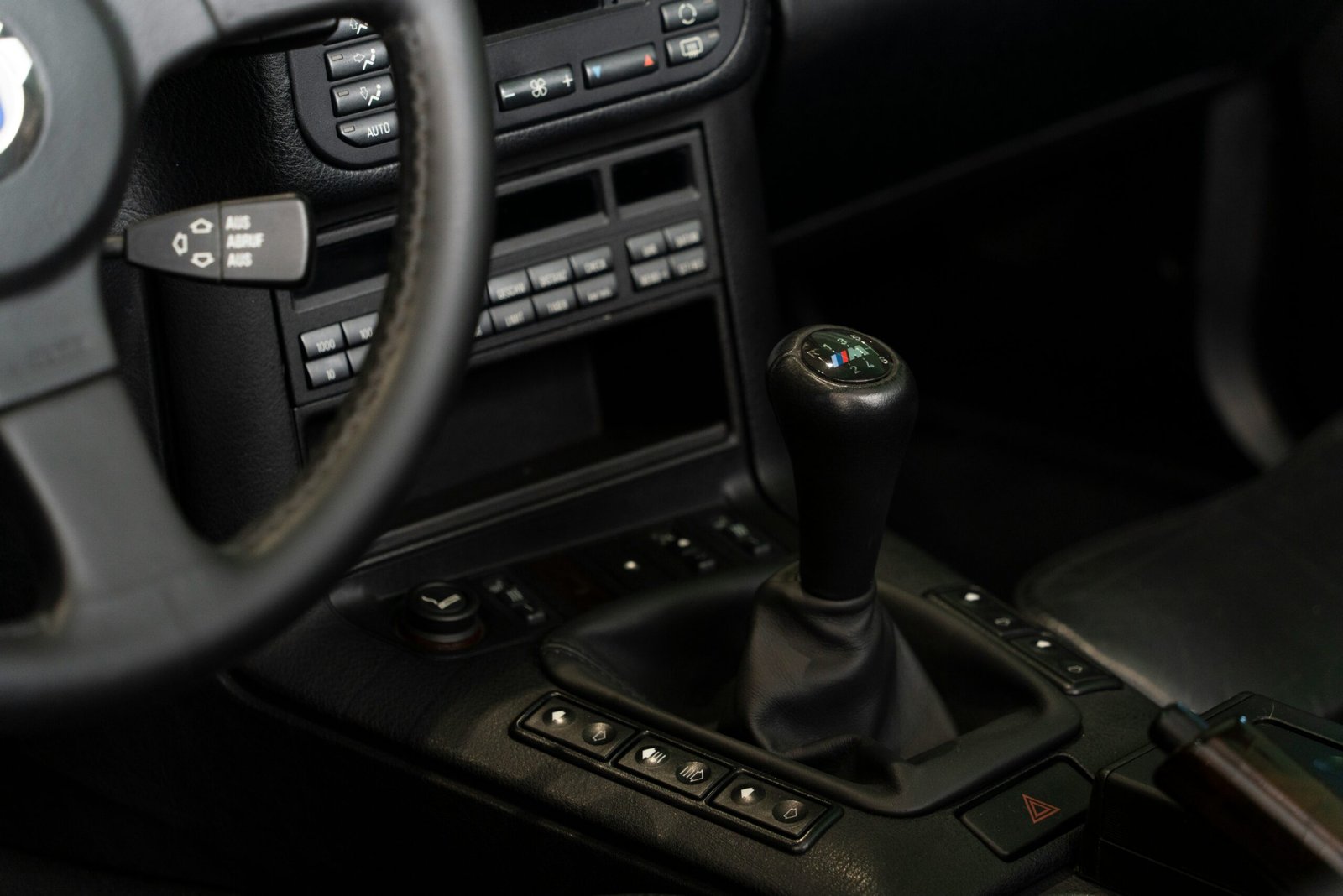Switching 2nd gear can often feel like a rite of passage for drivers. It’s more than just a shift; it represents mastery over your vehicle and the open road ahead. Whether you’re navigating city streets or tackling winding country roads, knowing when and how to switch into 2nd gear can enhance your driving experience immensely. But why is this seemingly simple action so crucial?
In this guide, we’ll dive deep into the world of switching 2nd gear—exploring its benefits, uncovering common pitfalls, and providing tips that will have you shifting smoothly in no time. Let’s embark on this journey together and unlock the secrets to confident driving!
Understanding the Concept of Switching 2nd Gear
Switching into 2nd gear often comes into play when you need more torque without sacrificing control. This gear serves as a bridge between the initial acceleration in first gear and the higher speeds reachable in third.
Understanding how your vehicle’s transmission functions is key. When you shift to 2nd, you’re allowing the engine to operate at a higher RPM while still maintaining power for smooth acceleration.
This transition is especially useful during low-speed maneuvers, like navigating through tight corners or driving uphill. It provides better traction and responsiveness than higher gears would allow in such situations.
Recognizing when to switch isn’t just about feeling; it involves listening to your engine’s cues. Each car behaves differently, so getting familiar with yours will enhance your confidence on the road. Mastering this shift leads not only to smoother drives but also improved fuel efficiency over time.
Benefits of Switching to 2nd Gear
Switching to 2nd gear offers several advantages that enhance your driving experience. One of the primary benefits is improved control over your vehicle. This gear allows for better acceleration while maintaining a steady speed, especially when navigating through tight corners or hilly terrains.
Another perk is fuel efficiency. When you shift into 2nd gear at lower speeds, it helps optimize engine performance without straining it unnecessarily. This can lead to reduced fuel consumption in everyday driving scenarios.
Moreover, switching to 2nd gear provides increased power during low-speed maneuvers. Whether you’re starting from a stop or climbing up an incline, this gear ensures you have enough torque to get moving smoothly without stalling.
Mastering the switch enhances your overall driving skills and confidence behind the wheel, making every journey not just easier but also more enjoyable.
Common Mistakes and How to Avoid Them
One of the most common mistakes when switching to 2nd gear is rushing the shift. Many drivers feel they need to make the transition quickly, which can lead to grinding gears or stalling. Take your time; a smooth approach yields better results.
Another frequent error involves not paying attention to engine RPMs. Shifting too early can cause strain on the engine, while waiting too long might push it into an uncomfortable rev range. Listen and feel for those cues from your vehicle.
Some drivers also neglect clutch control. It’s essential to fully depress the clutch before shifting into 2nd gear. Failing to do this creates unnecessary wear and tear on your transmission.
Be aware of road conditions. Slippery or uneven surfaces require more caution during shifts. Adjusting your technique based on these variables will enhance both safety and performance while driving.
Best Practices for Smoothly Shifting into 2nd Gear
To achieve a smooth transition into 2nd gear, timing is essential. Pay attention to your engine’s sound and RPMs. Shift before the engine reaches high revs to maintain efficiency.
Use light pressure on the accelerator as you prepare for the shift. This will help reduce strain on your transmission while allowing for fluidity in motion.
Practice coordinating your clutch engagement with the gear change. Gradually releasing the clutch can prevent sudden jolts, keeping passengers comfortable.
Don’t rush through shifts; take a moment to feel how your vehicle responds. Adapting to its unique characteristics leads to better control over time.
Stay relaxed at the wheel. Tension can impact reaction times and overall handling during gear changes, so breathe easy and enjoy the ride ahead.
Tips for Mastering the Shift
Mastering the shift to 2nd gear requires practice and awareness. Start by familiarizing yourself with your vehicle’s RPMs. Knowing when to shift can make a world of difference.
Listen closely to your engine. It will tell you when it’s time for that crucial switch. A high-revving sound often indicates it’s time to engage 2nd gear, while a sluggish response suggests you might be shifting too soon.
Smoothness is key. Gradually release the clutch while simultaneously pressing the accelerator gently. This coordination helps avoid jerky movements and offers a more comfortable ride.
Don’t forget about road conditions! Adjust your shifting technique based on whether you’re driving on hilly terrain or flat roads. Each scenario may require slight variations in how you approach switching gears.
Stay calm and focused during every drive session. Confidence grows with experience, leading to seamless transitions as you navigate various driving situations.
Safety Precautions
When it comes to switching 2nd gear, safety should always be your top priority. Before making the shift, ensure that you’re in a safe driving environment. Avoid busy intersections or heavy traffic where sudden changes can lead to accidents.
Keep both hands firmly on the wheel while shifting gears. This provides better control over your vehicle and helps you react swiftly if needed.
Always pay attention to road conditions. Slippery surfaces or steep inclines require extra caution when transitioning into 2nd gear. Adjust your speed accordingly and be prepared for any surprises.
Regularly check your vehicle’s transmission system too. A well-maintained car is less likely to encounter problems during gear shifts, enhancing overall safety.
Never rush through the process of switching gears. Patience is key; taking a moment ensures precision and reduces risks on the road.
Conclusion
Mastering the art of switching to 2nd gear can greatly enhance your driving experience. Understanding how and when to shift gears is crucial for maintaining control over your vehicle, especially in varied driving conditions.
The benefits of this skill extend beyond improved performance; it can lead to better fuel efficiency and a smoother ride. By avoiding common mistakes like improper timing or excessive revving, you can make the transition seamless.
Implementing best practices will help you perfect your technique. Practicing during low-stress situations allows you to build confidence before tackling more complex scenarios on the road.
Always remember safety comes first. Keep an eye on traffic and be aware of your surroundings as you master this essential driving skill.
With patience and practice, you’ll find that switching to 2nd gear not only becomes second nature but elevates your overall driving proficiency as well. Happy shifting!

